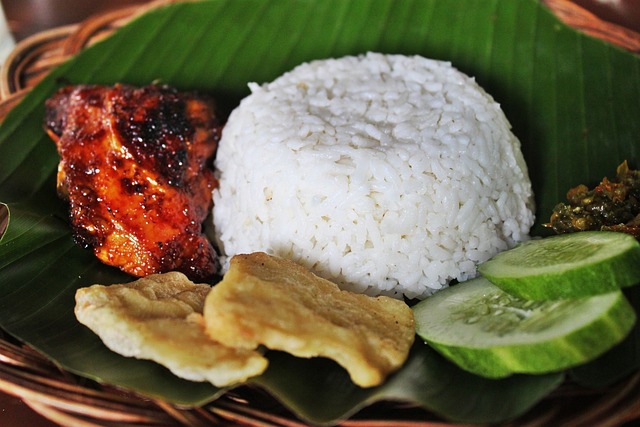Is-white-rice-healthy.White rice is a staple food consumed by a large population around the world. While it provides a good source of energy and can be part of a balanced diet, its health benefits and drawbacks depend on various factors.
White rice is a refined grain that has had the bran and germ layers removed, which also removes some of its nutrients, such as fiber, vitamins, and minerals. As a result, it is lower in fiber compared to whole grains like brown rice or quinoa. The refining process also increases the glycemic index of white rice, meaning it can cause a rapid spike in blood sugar levels.
However, white rice is gluten-free and easily digestible, making it suitable for individuals with certain dietary restrictions or digestive issues. It is also a good source of carbohydrates, which provide energy for the body.
To enhance the nutritional value of white rice, it can be paired with other nutrient-dense foods such as vegetables, lean proteins, and healthy fats. This helps create a balanced meal that provides a wider range of nutrients.
In summary, while white rice can be a part of a healthy diet, it is generally recommended to consume it in moderation and opt for whole grains like brown rice or other alternatives for a higher nutritional content.
Yes, white rice can be a part of a healthy diet when consumed in moderation and as part of a balanced meal. However, it is important to note that white rice undergoes processing that removes the bran and germ layers, which results in the loss of some nutrients and fiber.
White rice primarily consists of carbohydrates and provides energy to the body. It is low in fat and cholesterol-free. While it lacks certain nutrients found in whole grains, such as fiber, vitamins, and minerals, white rice can still be nutritious when combined with other nutrient-rich foods.
To enhance the nutritional value of white rice, you can pair it with lean proteins, vegetables, legumes, or other whole grains. This helps provide a more balanced meal with a wider range of nutrients.
If you are concerned about the nutritional content of rice, you can also consider alternatives such as brown rice, quinoa, or wild rice, which have higher fiber and nutrient content compared to white rice. Ultimately, the overall balance of your diet and the variety of foods you consume play a crucial role in determining its healthfulness.
White rice is a staple food consumed by a significant portion of the world’s population. However, when it comes to its nutritional value, white rice is considered to be less healthy compared to its alternatives, such as brown rice or other whole grains.

White rice undergoes a refining process that removes the outer bran and germ layers, which results in a loss of several essential nutrients and dietary fiber. As a result, white rice primarily consists of starch and lacks significant amounts of vitamins, minerals, and antioxidants found in the bran and germ layers.
Consuming white rice in moderation is generally not harmful, especially when it is part of a well-balanced diet. However, it is important to note that relying heavily on white rice as a dietary staple may lead to potential health concerns.
In contrast, brown rice retains its bran and germ layers, making it a more nutritious choice. Brown rice contains higher amounts of fiber, vitamins, minerals, and antioxidants compared to white rice. It provides a slower release of energy, helps regulate blood sugar levels, and promotes digestive health.
Ultimately, incorporating a variety of whole grains, including brown rice, quinoa, barley, and whole wheat, into your diet is generally considered a healthier choice compared to consuming white rice as the primary source of grains.

